University Marketing Communications Report: Social Cup Strategy
VerifiedAdded on 2020/03/28
|5
|902
|43
Report
AI Summary
This report provides a detailed analysis of the marketing communications strategy for Social Cup, an organization producing organic tea and coffee products. The report begins with an introduction to Social Cup, highlighting its mission to empower women and children through education. It then delves into the market segmentation of Social Cup, exploring demographic, psychographic, behavioralistic, and benefit-based variables to identify target customer groups. The analysis includes a segmentation table outlining different customer segments, their key benefits sought, and relevant characteristics. Furthermore, the report outlines Social Cup's marketing objectives, emphasizing the importance of brand awareness and profitability, especially for a new brand. The report suggests the use of SMART objectives (Specific, Measurable, Achievable, Realistic, and Time-based) to effectively achieve marketing goals. In conclusion, the report summarizes the key findings, emphasizing the importance of market segmentation and strategic marketing objectives for Social Cup's success.
1 out of 5
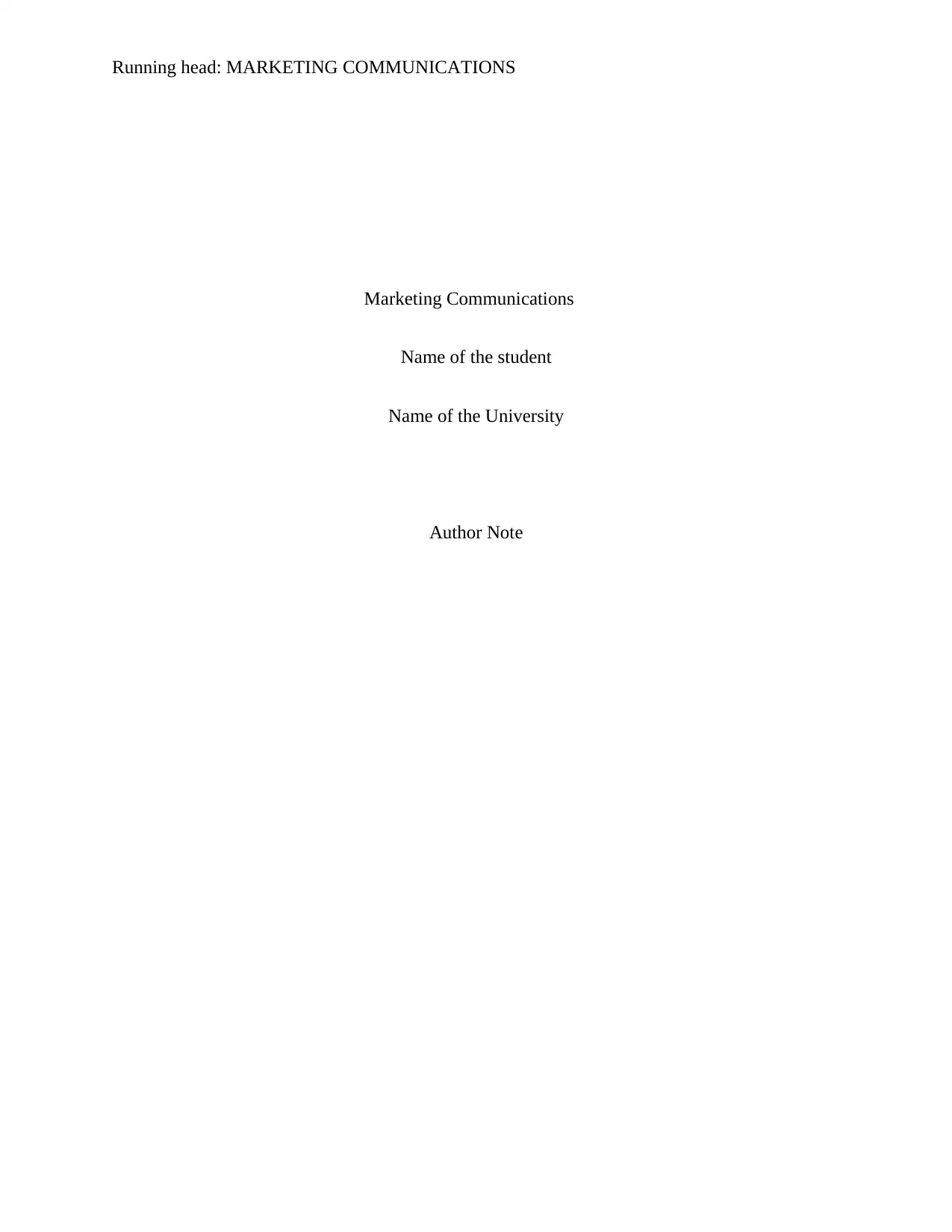
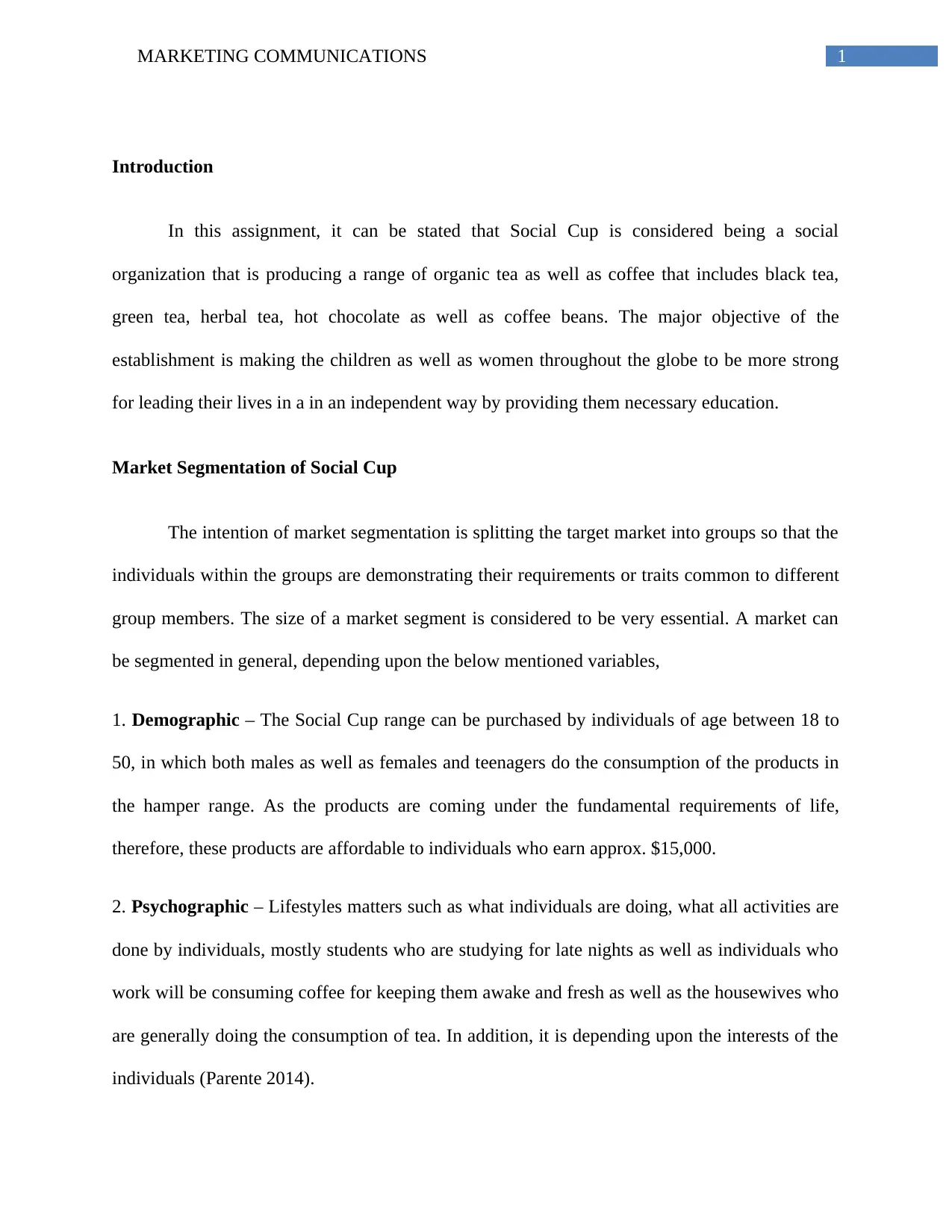
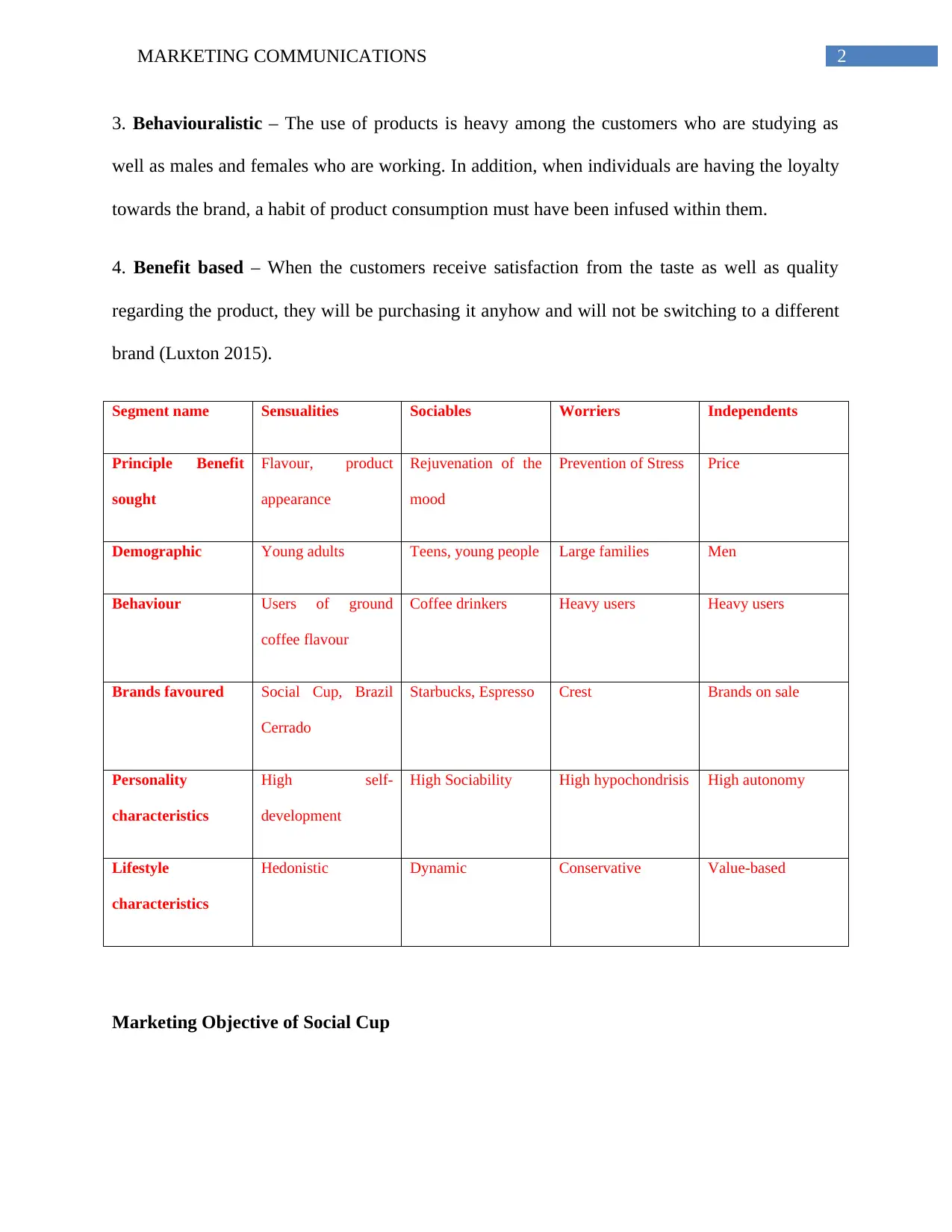

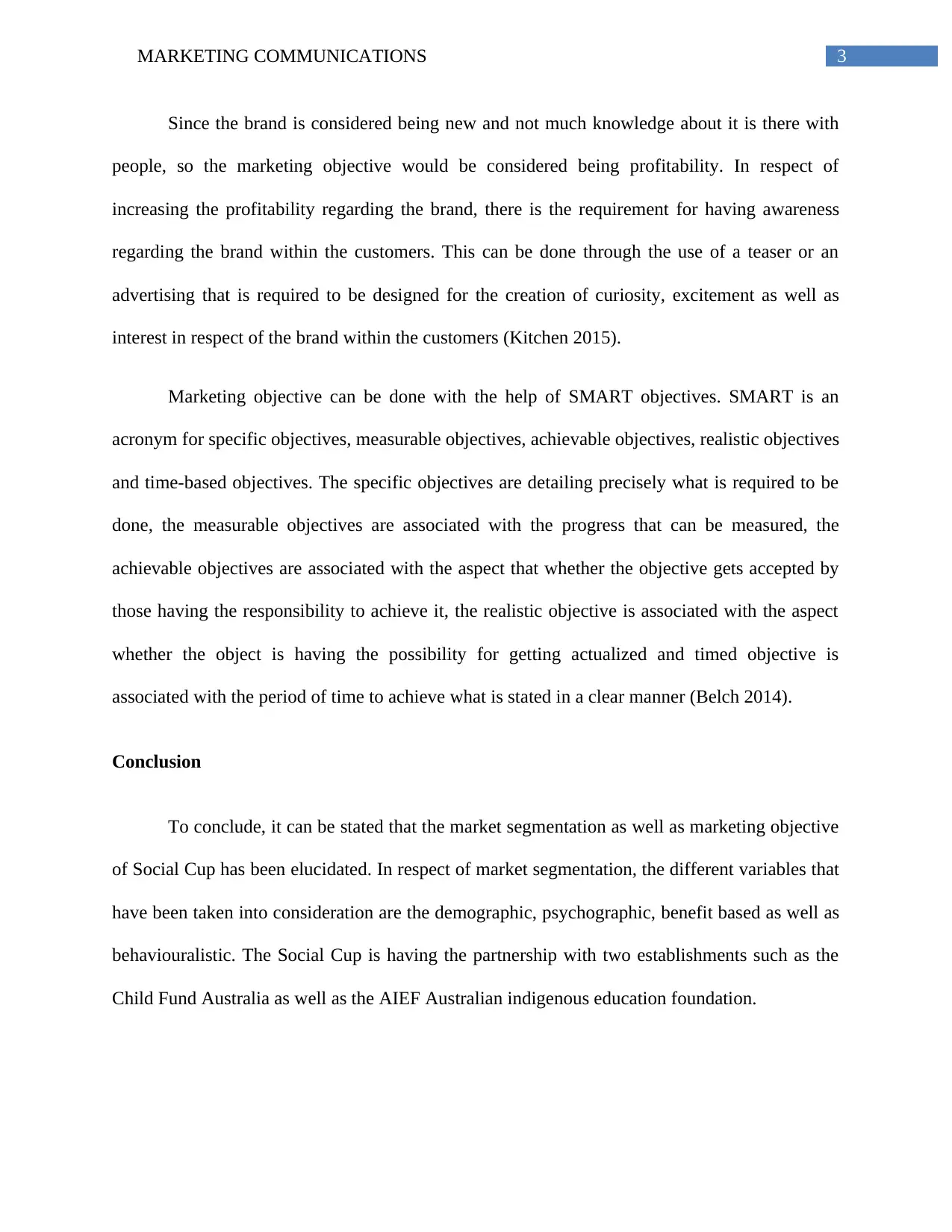
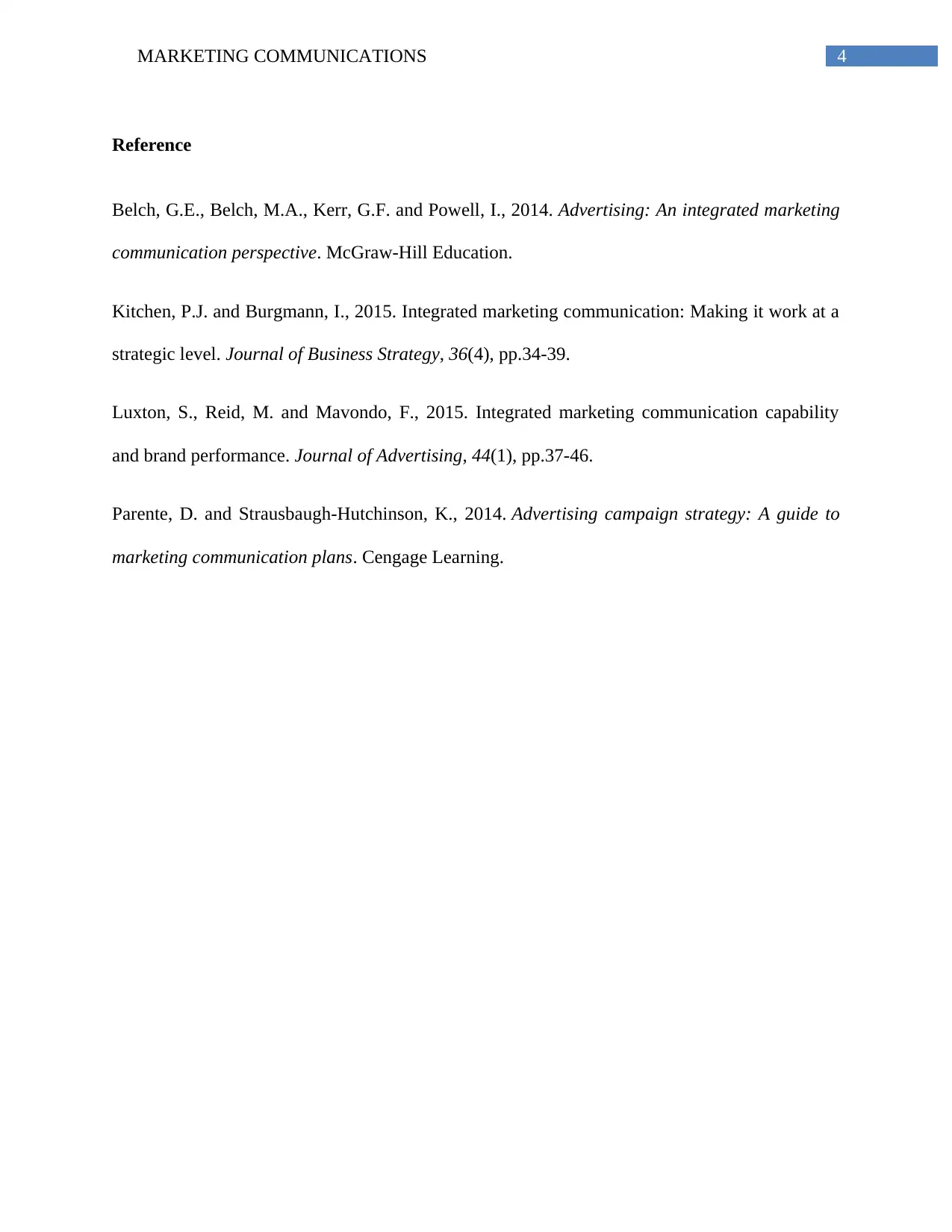






![[object Object]](/_next/static/media/star-bottom.7253800d.svg)